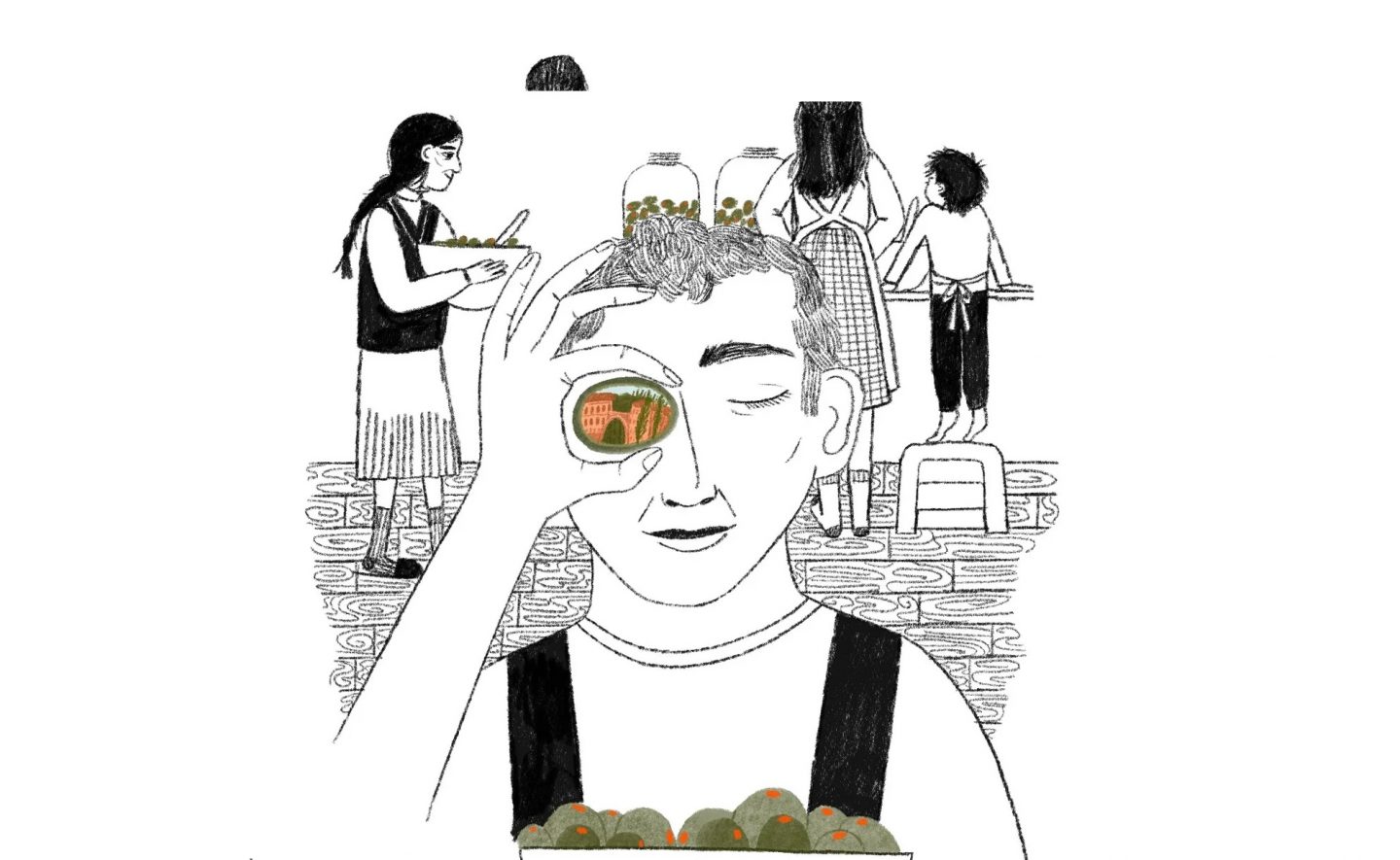:format(webp)/cloudfront-us-east-1.images.arcpublishing.com/tgam/2EVJ3L5GJFCXRMQUMDZFVDI2T4.jpg)
PAUL BENEDETTI – CONTRIBUTED TO THE GLOBE AND MAIL –
They’re called Olive all’Ascolana but in our family, they’re just “stuffed olives.”
Unfortunately, the words “stuffed olives” don’t come close to capturing the history, culinary effort and gastronomic pleasure that these little appetizers represent. These are not the “stuffed olives” that you find in jars with a sad sliver of red pimento sticking out of each end.
No, these are lovingly handmade fried balls of meat and olive with a history that dates back centuries. In our family, they have a cult-like status. Like many specialty ethnic dishes, they only make an appearance once or perhaps twice a year. For us, it’s Christmas. That’s it. And because of the ridiculous time and effort that goes into making them, we have deemed that not every guest is worthy of stuffed olives. You don’t get served the stuffed olives of Ascoli if you say, “I don’t really like olives.” Or if, in the past, you grabbed the first one and carelessly popped the whole thing into your mouth like a Malteser.
Every year in December I get together with my two sisters and two brothers to make them. We are following in the footsteps of our mother and her sisters, who would gather annually to make the stuffed olives and a few other seasonal dishes such as cheese pizza (which is not really pizza, but that’s another story) and anisette biscotti.
Our roots are Italian on both sides: my father, Ugo Benedetti, grew up in Conegliano, Treviso, and was a proud Trevisan. My mother, Mary Carpani, was born in Canada, but her parents, Agostino and Julia, hailed from the town of Ascoli Piceno, in the region of Le Marche, (The Marches in English) which made her Marchigian. Le Marche, one of Italy’s 20 regions, is not as famous as its neighbours Emilia-Romagna, Umbria and Tuscany, but it is a beautiful collection of five provinces nestled between the Apennine Mountains and the Adriatic Sea. Le Marche is famed for its picturesque medieval villages, including Ascoli, which boasts stunning Travertine piazzas and a history of great food. Growing up, our household cooking oscillated between my father’s favourite Venetian dishes, many of which featured butter, veal, cream and the king of cheeses, Parmigiano-Reggiano, and my mother’s Marchigiano meals, redolent with chicken livers, tomato, green olives and topped with the sheep milk cheese, Pecorino, or what we called Romano. We loved all our mother’s family’s food, but the hands-down favourite were the meat-stuffed olives of Ascoli.
Olive all’Ascolana, like dumplings or perogies, is a relatively simple dish that is time consuming, fussy and, for the most part, historically executed by groups of women.


